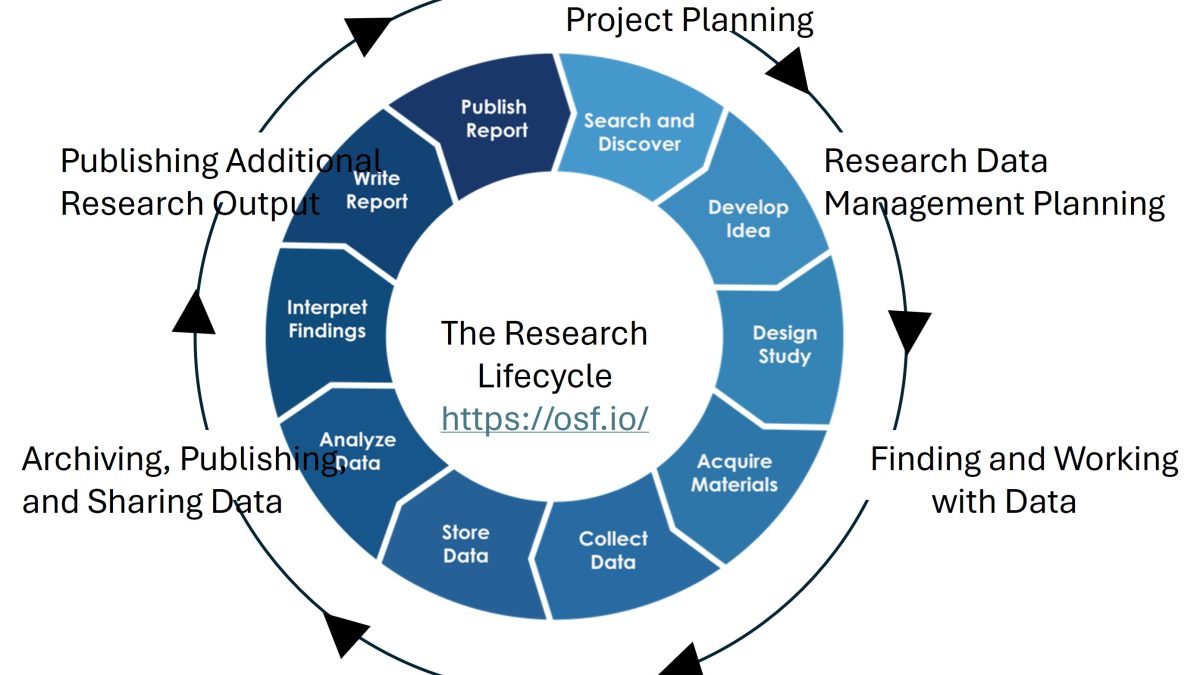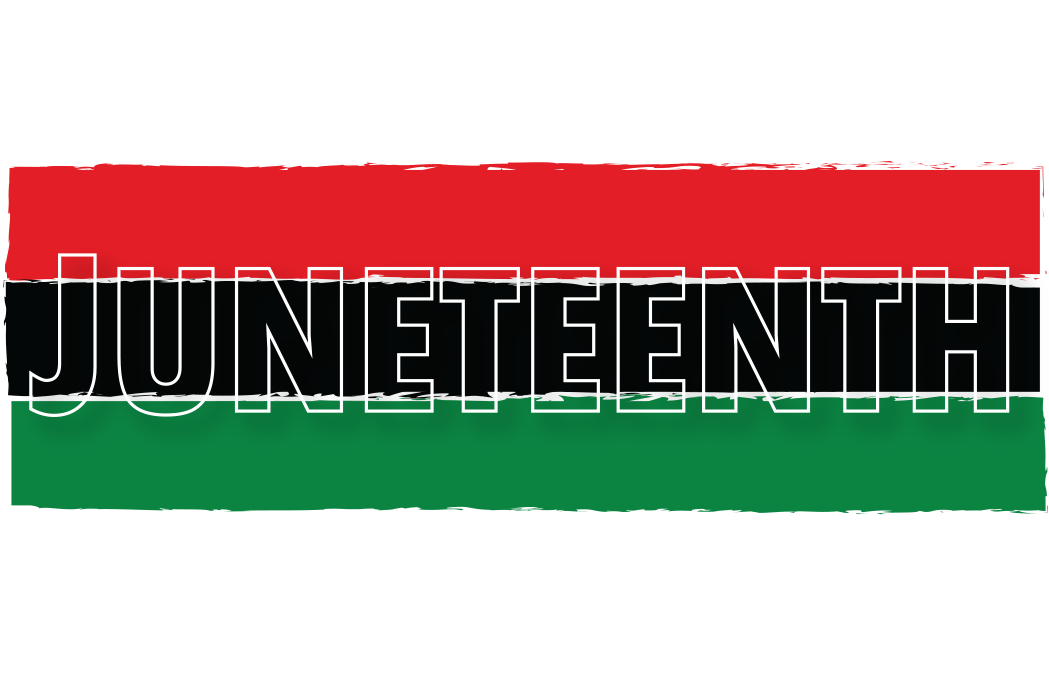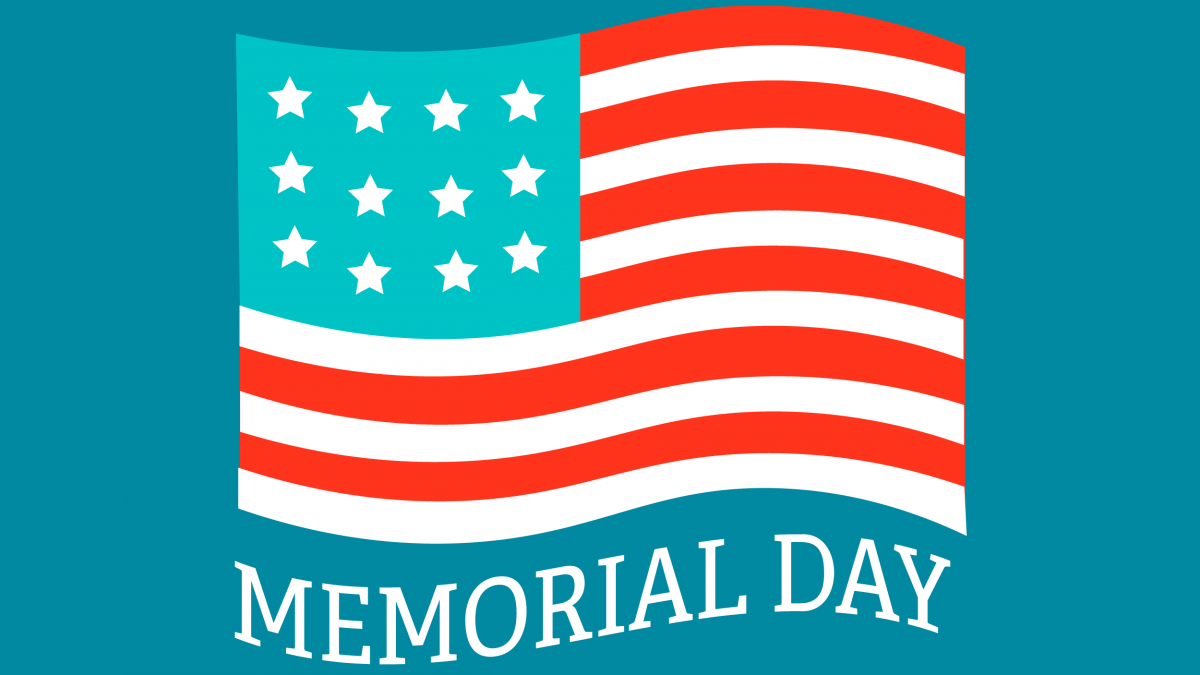
Read Source, the online newsletter, to learn about the news, events, people and happenings in UC Libraries.
In this issue of Source, Liz Kiscaden, dean and university librarian, announces UC Libraries Strategic Plan, 2024-2027. This participatory and data-informed process to draft a Strategic Plan resulted in a renewed mission, Values and four Strategic Directions: Enrich Our Collections, Expand Our Impact, Strengthen Our Organization and Support Our Students.
This special issue of Source includes examples of how we’re already working to achieve the goals articulated in our Strategic Directions:
- Enrich Our Collections. Social Activist with a press showcases recently acquired work of Amos Kennedy to the collections of the Archives and Rare Books Library.
- Expand Our Impact. Read about Mac-Anthony Cobblah‘s, university librarian for the Sam Jonah Library at the University of Cape Coast, summer visit to UC Libraries, as well as an article about how three librarians from the Donald C. Harrison Health Sciences Library launched a pilot 15-week Systematic Review cohort.
- Strengthen Our Organization. UC Libraries is building its capacity by welcoming new leaders to UC Libraries – Jéanne Brooks & Brian Gray.
- Support Our Students. Two recent UC collaborations – one with the UC Learning Commons to provide student and tutoring opportunities in Langsam Library and another with the Accessibility Resources Offices to revamp the Accessible Technology Space – are prime examples of how UC Libraries is working for students.
Read these articles, as well as past issues, on the website. To receive Source via e-mail, contact melissa.norris@uc.edu to be added to the mailing list.







